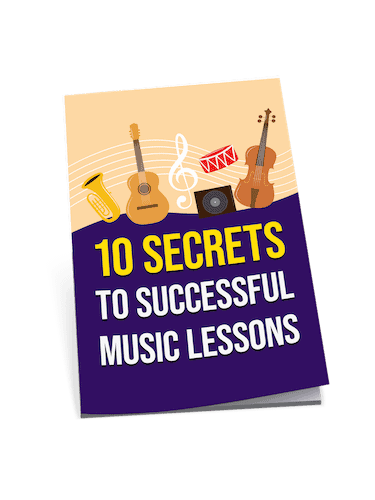
Banjo
Banjo reviews, articles, and tips for beginners and beyond
In this series...
History
The banjo is a stringed instrument with African origins, developed by enslaved Africans in the Caribbean and the United States, based on instruments from their home countries. It evolved in the American South in the 17th and 18th centuries, combining African rhythms and European musical structures. The banjo has a distinctive sound produced by a membrane stretched over a frame or cavity as a resonator, called the head, which is typically circular.
By the 19th century, the banjo had become a central instrument in minstrel shows and was popularized in both black and white communities. The five-string banjo, in particular, became a staple in American old-time music. During the 20th century, the banjo was integral to the development of the folk and bluegrass genres, with notable players like Earl Scruggs revolutionizing its playing style. The instrument has since diversified into various musical genres, ranging from classical to modern pop, retaining its unique cultural significance and sound.
Banjo Specs
Banjos come in various types and specifications, primarily distinguished by their number of strings and tuning. The most common types are the 5-string, 4-string (tenor and plectrum), and 6-string banjos.
The 5-string banjo, often used in bluegrass and folk music, typically has a high-pitched drone string attached at the fifth fret. The 4-string tenor banjo, tuned in fifths, is favored in Dixieland and traditional jazz, whereas the plectrum banjo, similar to the 5-string but without the drone string, is used for strumming in jazz and folk. The 6-string banjo, or banjitar, is tuned like a guitar and caters to guitarists transitioning to banjo.
Banjos may also vary in construction, with open-back models offering a mellower sound, while resonator banjos have a flange and resonator attached to the back for a louder, brighter tone. The scale length and pot size also affect the sound, with longer scales and larger pots producing deeper tones. Modern banjos can be made from a variety of materials, including traditional woods and synthetic components.
How To Play
Playing the banjo involves mastering several techniques with both hands. The player typically uses fingerpicks on the thumb, index, and middle fingers of the right hand to pluck the strings, while the left hand presses down on the strings to fret notes along the neck. The most common playing styles are clawhammer (down-picking) and three-finger (Scruggs style).
In clawhammer, the player strikes the strings in a downward motion with the back of the fingers and uses the thumb for a rhythmic drone on the shorter fifth string. This style is noted for its rhythmic strumming pattern.
The three-finger style, popular in bluegrass music, involves a rolling, syncopated picking pattern, creating a continuous and fluid sound. Players must learn to coordinate these rolls with chord shapes and fretting techniques.
Banjo players often start by learning basic rolls, chords, and songs, gradually advancing to more complex techniques. Regular practice, along with lessons and tutorials, helps in developing proficiency on the instrument.

The earliest banjos in the 17th century were made using gourds as the body and animal skins for the head, reflecting their African origins before evolving into the modern wooden instrument.
Banjo Music
Famous Artists
Discover...
Banjo
Get the 4 Things I’ve Been Loving, Using and Reviewing
Every Friday, I distribute a unique email showcasing the four most amazing things I’ve reviewed or used that week.
The e-mail really could be about anything at all; books, audio, gadgets, playing techniques – as long as it’s entertaining and interesting, it’ll end up on the mail!
These ‘4-Feature Friday‘ emails are only accessible for those who sign up below – so what are you waiting for?
Read the next post in this series:





